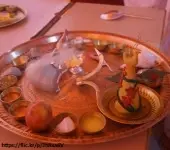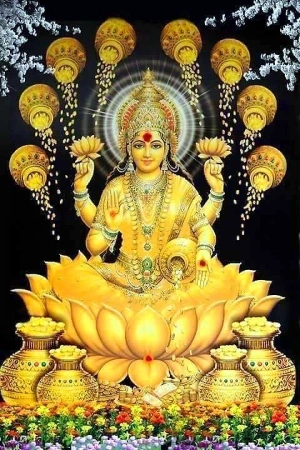Recommended for you
Is there a correct spiritual path?
 Click here to know more..
Click here to know more..
Mrigashirsha Nakshatra Features

Everything you wanted to know about Mrigashirsha Nakshatra - Characteristics, career, health issues, marriage life........
Click here to know more..Lakshmi Lahari Stotram

samunmeelanneelaambujanikaraneeraajitaruchaa- mapaangaanaam bhangairamri'talahareeshrenimasri'naih'. hriyaa heenam deenam bhri'shamudaraleenam karunay....
Click here to know more..
English Topics
Sri Suktam
Click on any topic to open
- 19 Lakshmi - The Goddess Of Wealth
- 18 Sri Suktam Explained-Part 1
- 17 Sri Suktam Explained-Part 2
- 16 Sri Suktam Explained-Part 3
- 15 Sri Suktam Explained-Part 4
- 14 Sri Suktam Explained-Part 5
- 13 Sri Suktam Explained -Part 6
- 12 Sri Suktam Explained-Part 7
- 11 Sri Suktam Explained-Part 8
- 10 Sri Suktam Explained-Part 9
Please wait while the audio list loads..
30
Ganapathy
Shiva
Hanuman
Devi
Vishnu Sahasranama
Mahabharatam
Practical Wisdom
Yoga Vasishta
Vedas
Rituals
Rare Topics
Devi Mahatmyam
Glory of Venkatesha
Shani Mahatmya
Story of Sri Yantra
Rudram Explained
Atharva Sheersha
Sri Suktam
Kathopanishad
Ramayana
Mystique
Mantra Shastra
Bharat Matha
Bhagavatam
Astrology
Temples
Spiritual books
Purana Stories
Festivals
Sages and Saints
